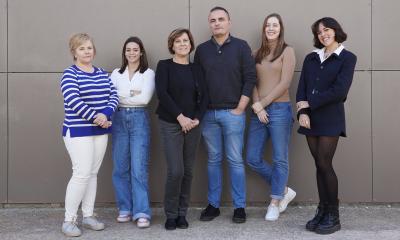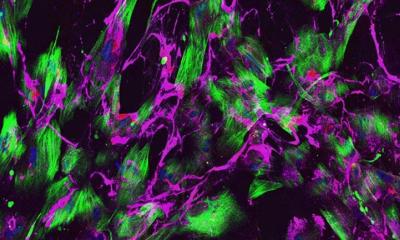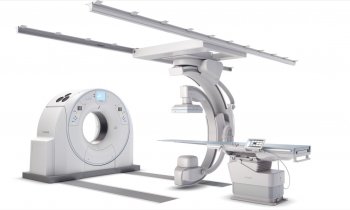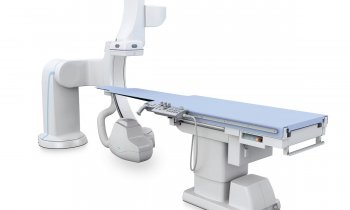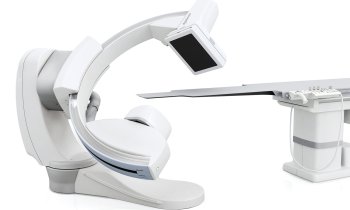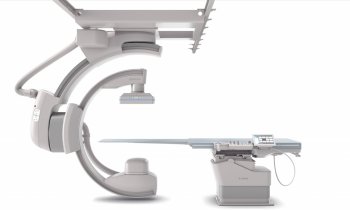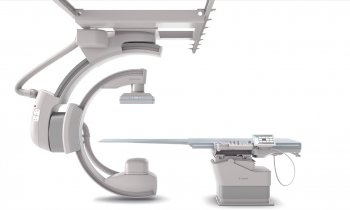News • Spatial transcriptomics and proteomics profiling
Researchers explore post-stroke brain reperfusion
Every year, millions of people around the world suffer ischemic strokes that block blood flow to a region of the brain.

Image source: Aarhus University; photo: private
Restoring blood flow rapidly is decisive and can save lives. But paradoxically, it can also lead to further damage to the blood vessels in the brain. Now, new research from the University of Aarhus gives new and detailed insight into what happens in the blood vessels of the brain after blood flow is restored. “This is the first time we’ve looked at how the brain’s blood vessels react to a stroke at the molecular level in such detail. Our results show that the blood vessels become more permeable, which makes it easier for harmful substances to enter the brain," explains Line Mathilde B. Hansen, a postdoctoral researcher at the Department of Biomedicine, who is one of the lead authors of the study published in the journal Stroke.
The study also shows that reopening the blood vessels triggers a significant inflammatory response. Inflammation helps the body repair damage – but it can also exacerbate the brain damage and prolong the patient’s rehabilitation.

Image source: Aarhus University; photo: private
"Inflammation is necessary, but it's about balance. If we can find a way to reduce the inappropriate effects of the inflammation without interfering with the body's ability to repair itself, we can potentially help many patients to a better prognosis," explains Professor Vladimir Matchkov, the study's second lead author.
The research team behind the study has developed a publicly available web tool that researchers all over the world can use to identify significant changes in gene expression after a stroke. “We hope that this resource will be an effective tool that will help quickly identify the key molecular signal involved and new, targeted therapies,” Matchkov says. He hopes that in the long term, researchers will be able to develop more effective and more precise forms of treatment for stroke patients. “The goal is clear: to improve the quality of life for millions of patients all over the world,” Matchkov says.
Source: Aarhus University
10.04.2025



